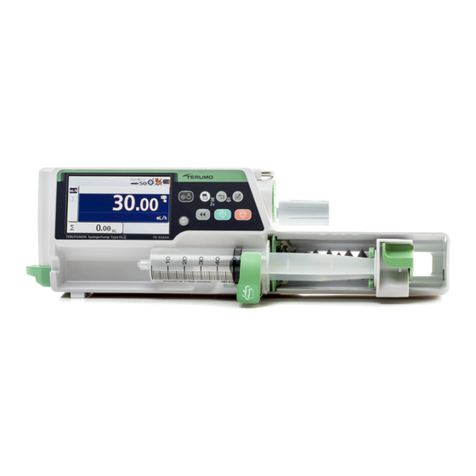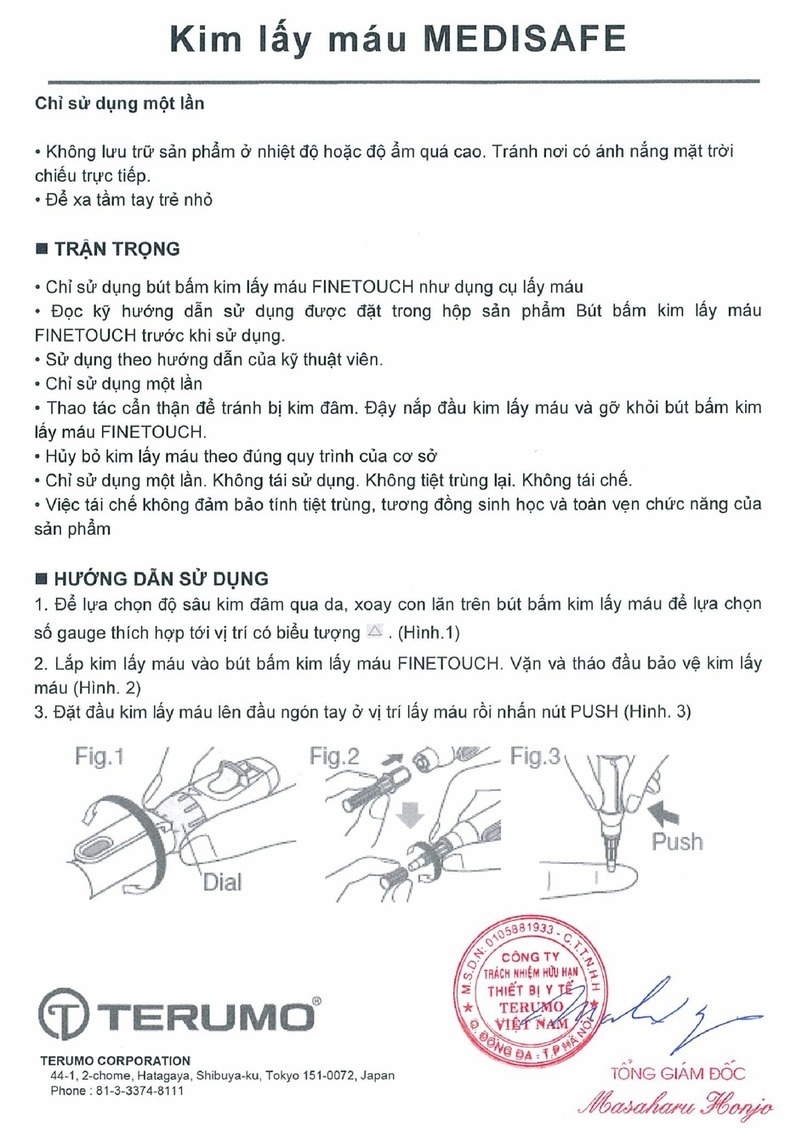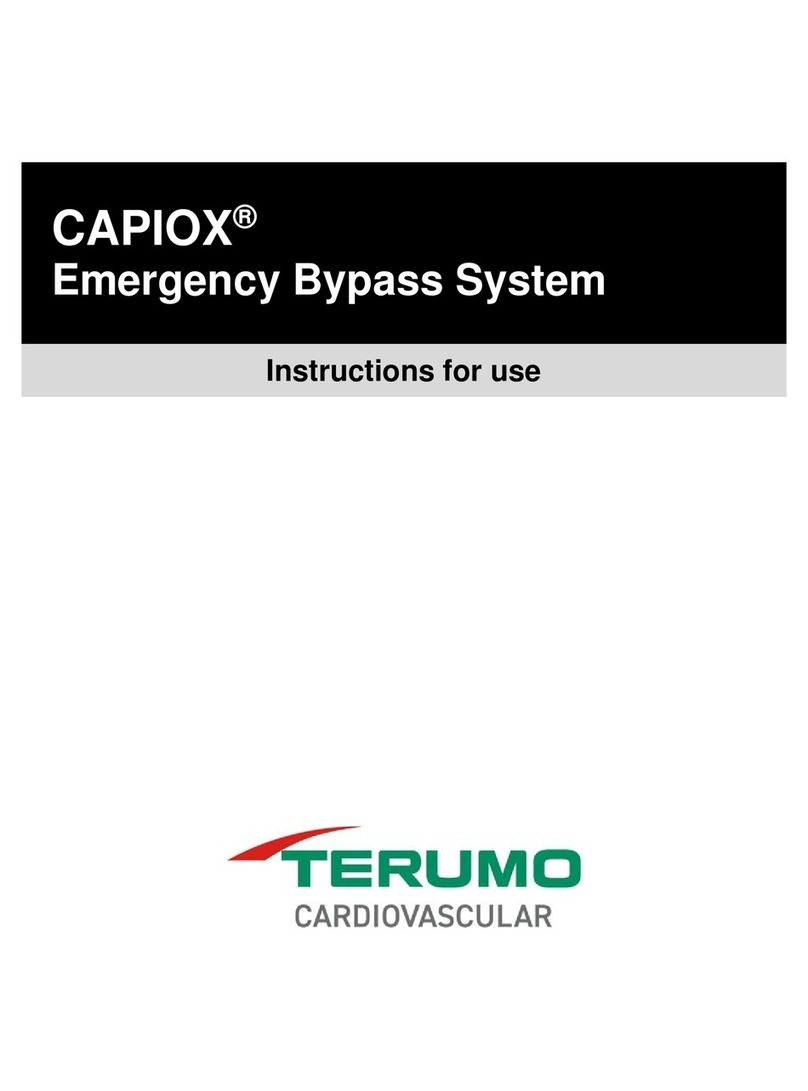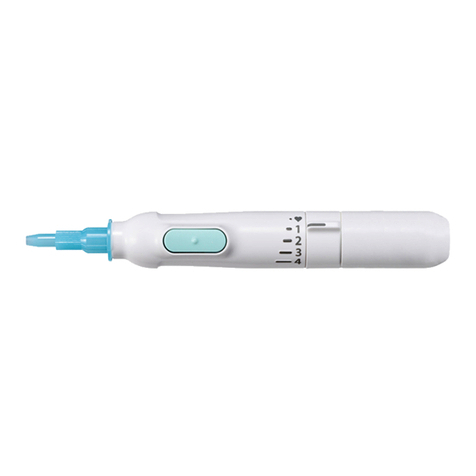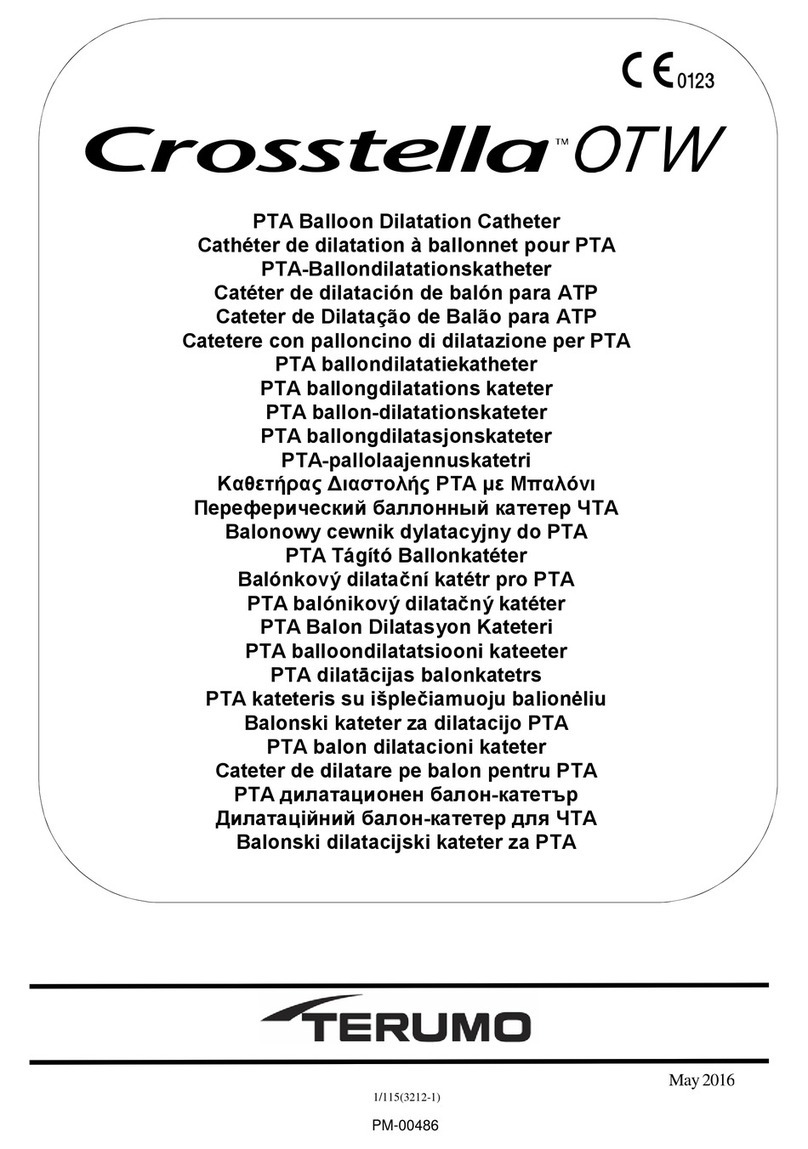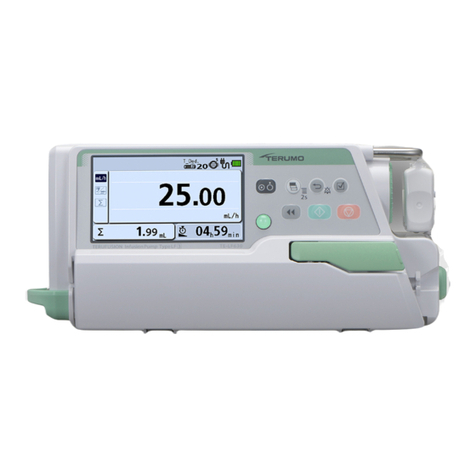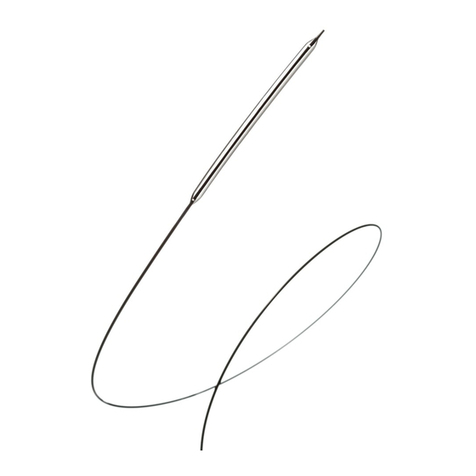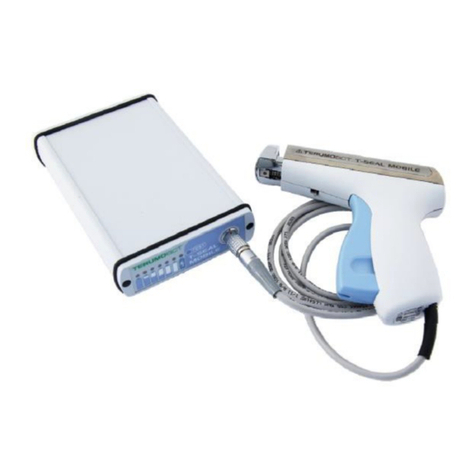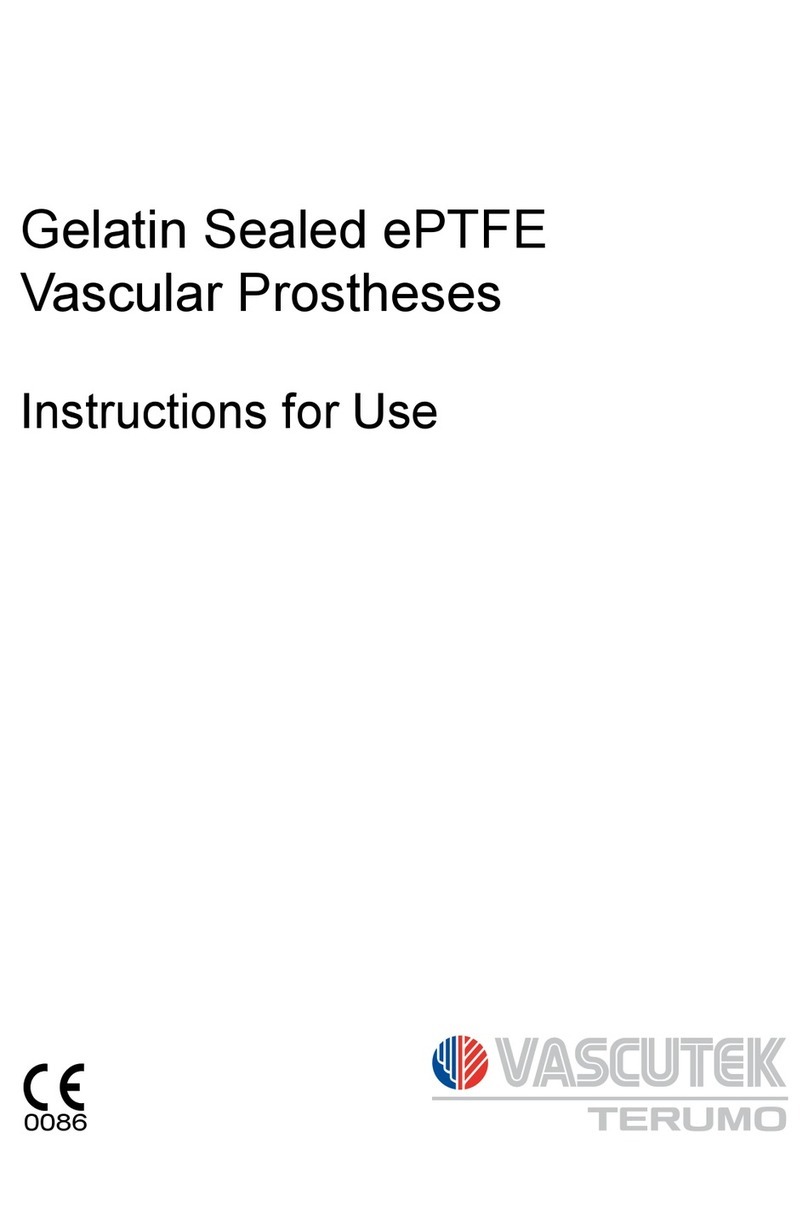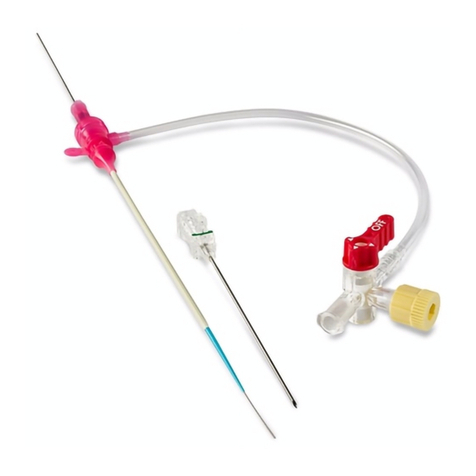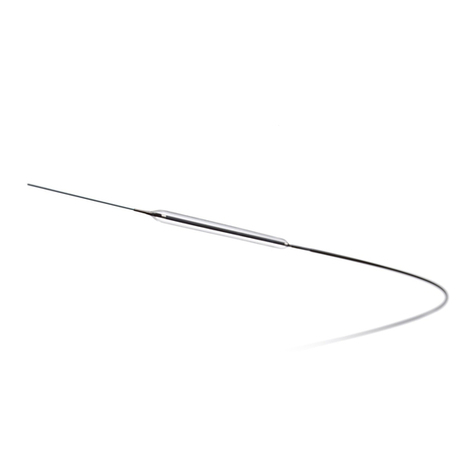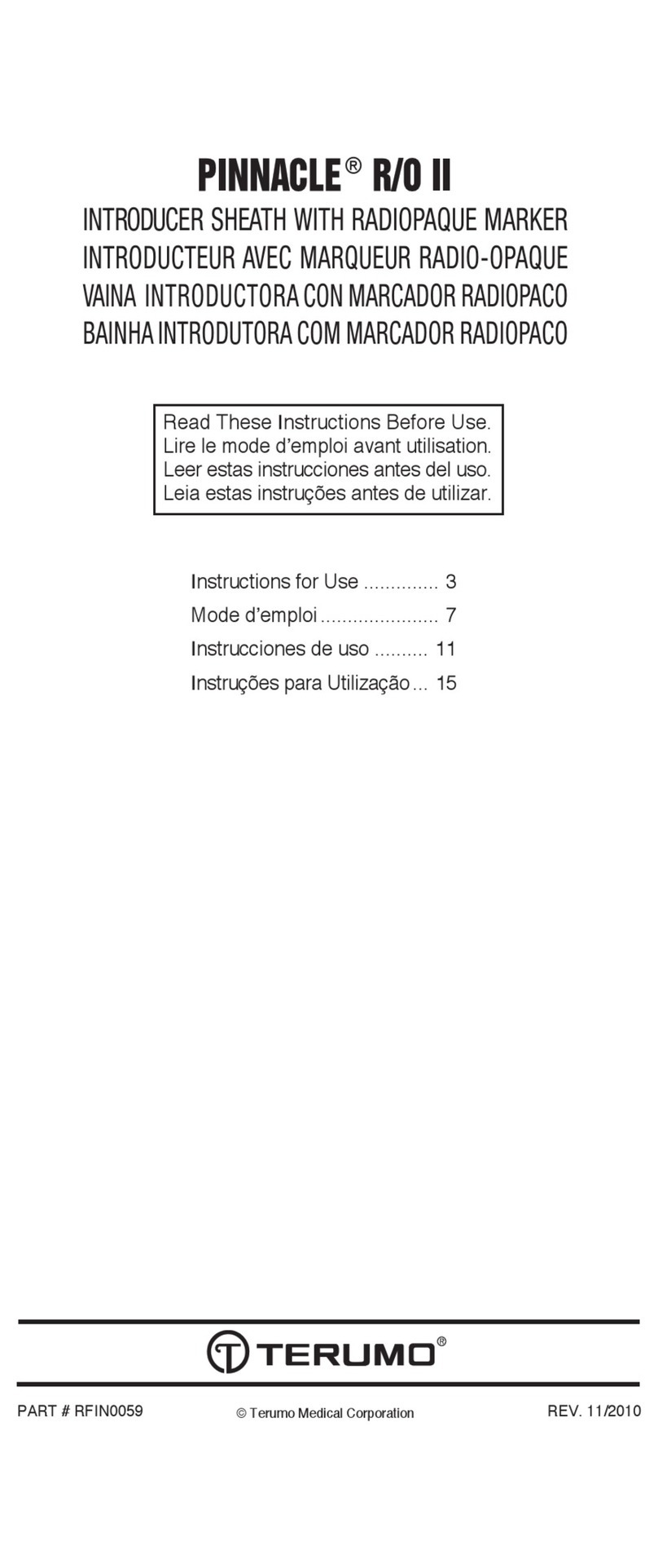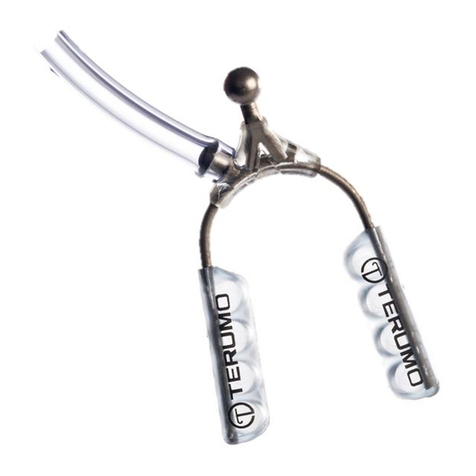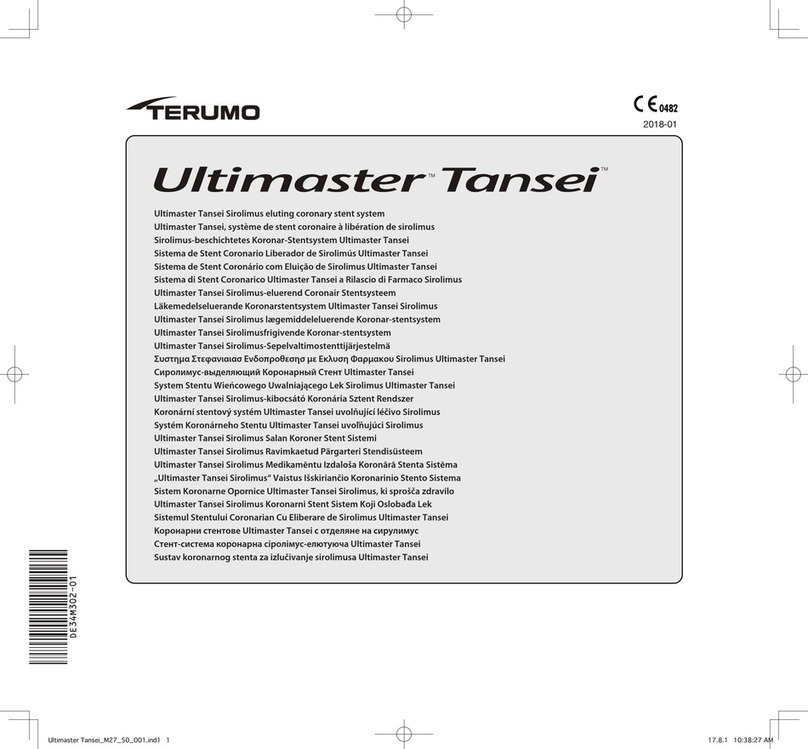
introductionchapter 11-6
• Do not attempt in vivo recalibration expecting to re-align values affected by
interference due to intravascular dyes or pharmacological agents; the interference
may be prolonged resulting in continuing inaccuracies.
• Exposure of the shunt sensor to prime solutions and/or blood with pH less than
7.0 or greater than 7.8 pH units can interfere in the accurate measurement of
potassium.
• Exposure of the shunt sensor to prime solutions and/or blood with sodium
measurement less than 120 or greater than 160 mEq/L can interfere in the accurate
measurement of potassium.
• Do not expose the monitor to condensing (water vapor) conditions. Condensation
may occur when the instrument is equilibrated to a warm and humid environment
and then is rapidly subjected to a much colder room temperature. Condensation
may affect the measurement performance of the monitor.
• Do not expose the monitor to large changes in environmental temperature (>10°C)
or humidity (>20%) during use. Such changes may affect the measurement
performance of the monitor. If exposed to severe environmental changes (>10°C),
allow the monitor to equilibrate to the new environment for 24 hours before using.
• Failure to perform a proper set-up including a full two point tonometered gas
calibration, and a complete calibration of the potassium sensor and all other
parameters may inhibit the system from achieving accuracy limits found in
Appendix B.
• Measured values prior to initial in vivo calibration may not be accurate. Do not use
values prior to initial in vivo calibration for patient management. At the beginning
of a case after the initiation of cardiopulmonary bypass and when conditions are
stable, the user must complete calibration of all measurable blood parameters by
comparing them to a laboratory measurement done on a blood sample. The values
are dimmed on the CDI System 550 screen to indicate that the values are not
accurate until an initial in vivo calibration is performed.
• After changes of blood temperature of > 6°C, the user must repeat an in vivo
calibration of shunt sensor values once temperature stability has been achieved.
Optimal system accuracy will be maintained by this practice.
• The temperature measured by the shunt sensor is local to the sensor and does
not reflect the actual patient arterial or venous blood temperature. Do not use this
measurement for patient management.
• To avoid risk of electrical shock and to achieve grounding reliability, you must
connect this equipment to an equivalent receptacle (marked “Hospital Use” or
“Hospital Grade”) that has been inspected for proper grounding.
Caution
• Federal (U.S.A.) law restricts this device to sale, distribution and use by or on the order
of a physician.
• Do not connect a shunt sensor to an unprimed circuit. Prolonged “dry” exposure can
damage the sensors.
• Do not use chemical solvents such as alcohol, ether, and acetone — or anesthetics
such as Forane (isouorane) — as cleaning agents on any part of the system. These
chemicals can be destructive to the device. Follow the cleaning procedure in Chapter
10, “Routine Maintenance,” using only the recommended cleaning agents.




















